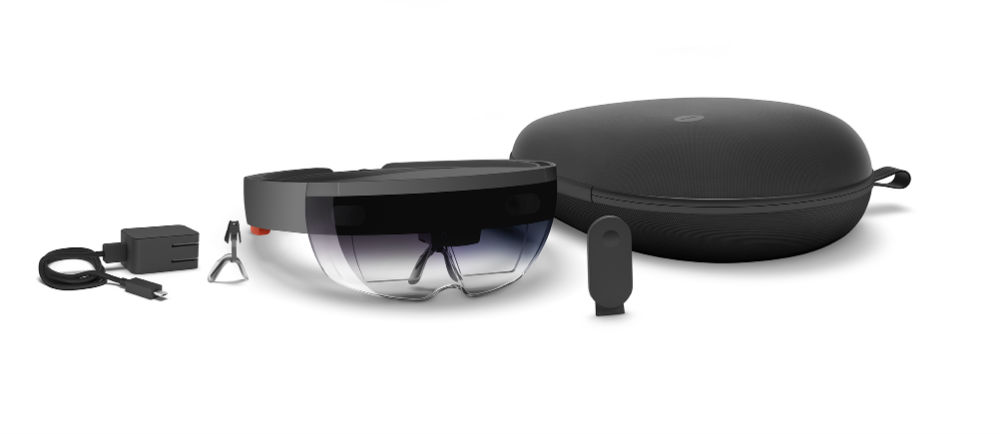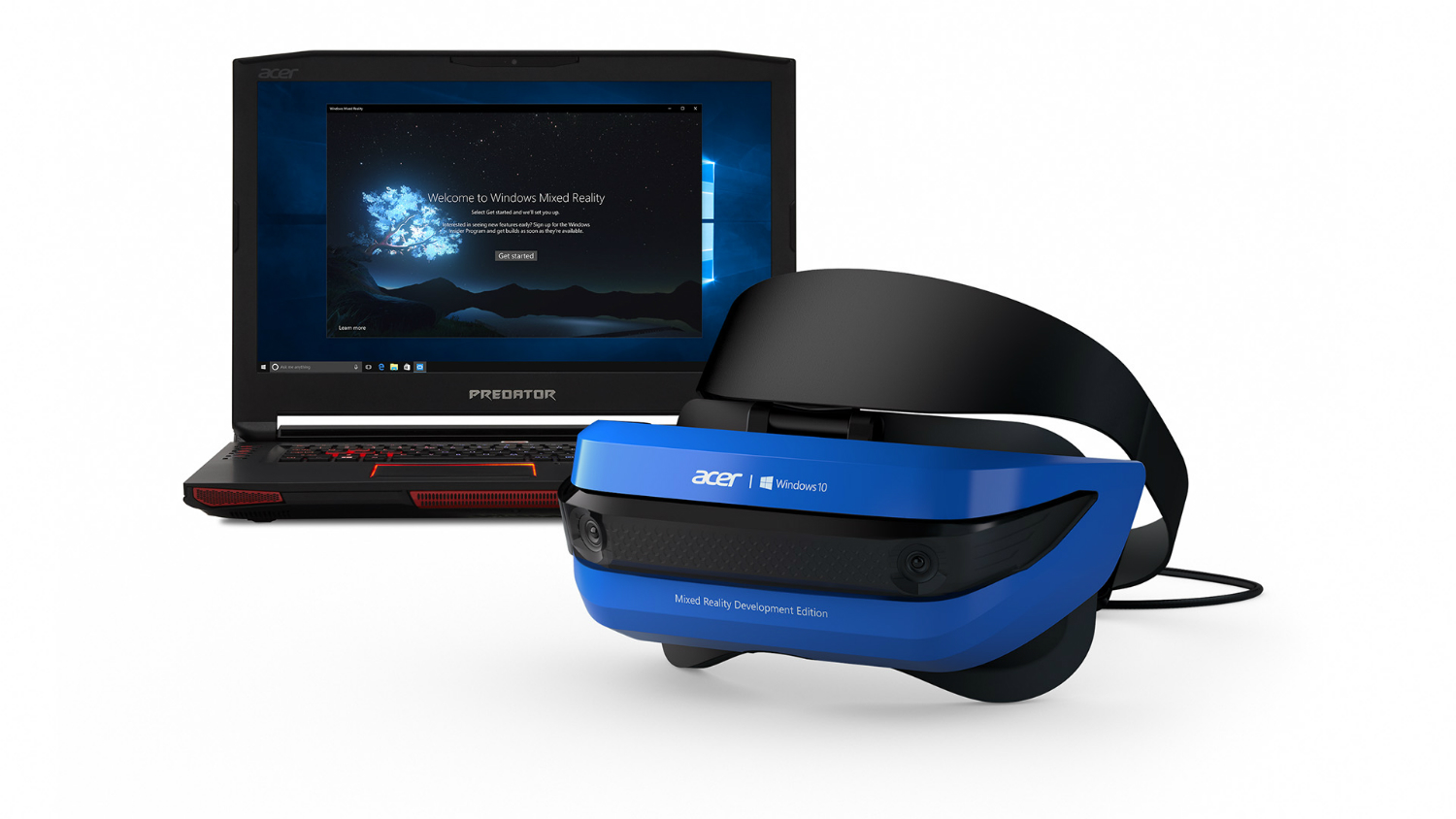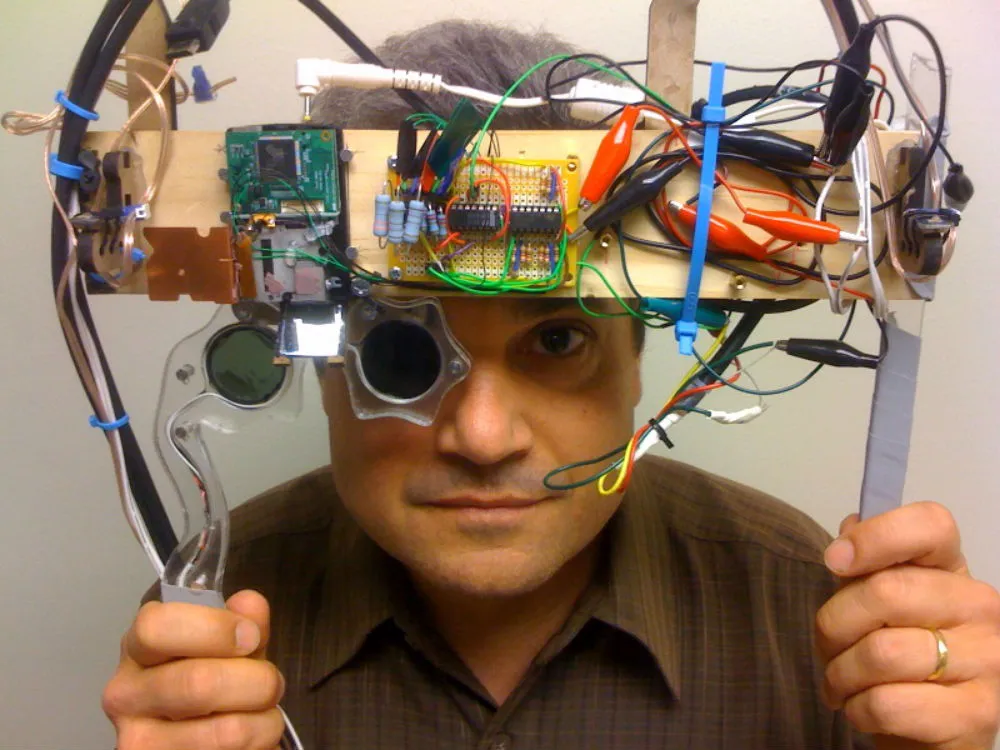A pioneer who helped kickstart VR’s renaissance is driving the strategy for Microsoft’s Windows Mixed Reality platform, spanning both HoloLens and a collection of VR headsets rolling out later this year.
We knew Mark Bolas, who ran the mixed reality lab at USC, took a position at Microsoft as the company built up its efforts in mixed reality, but we didn’t know precisely what he’d be doing. UploadVR has now confirmed Bolas’ role. 
His title is Director of Program Management, Mixed Reality, and he is responsible for driving the “vision strategy” for Microsoft’s Mixed Reality platform “that blends the physical and the virtual.” According to Microsoft:
He leads a cross-disciplinary team of innovators who develop experiences on a wide spectrum of mixed-reality devices. These devices enable everyone to meaningfully create, collaborate and communicate in ways that break the bounds of physical reality while retaining a fluent and instinctual interface.
Alex Kipman, technical fellow of new device categories in the Windows and Devices Group at Microsoft, said in an interview Bolas “owns our mixed reality shell, period. There’s one shell that goes across HoloLens and these headsets you’ve seen — it’s a Windows Mixed Reality shell. I brought Mark Bolas [on] because he’s amazing, and I think as a collaborator, he can help us create an amazing future there.”

Microsoft partner Acer is hosting a press conference in New York Thursday where Bolas is expected to speak about the company’s efforts in mixed reality. It will be his first public appearance since taking the job at Microsoft last year.
Bolas has already played a major part in jumpstarting the transition of mixed reality technology from researcher’s toolkit to mass market product, and now he’s leading a team at Microsoft looking to solidify the company’s position in the next phase of personal computing. Bolas previously directed USC’s Mixed Reality Lab at the Institute for Creative Technologies, where he hired a teenager from Long Beach before the young man co-founded Oculus. In addition to hiring Palmer Luckey, Bolas’ lab gave rise to a number of headset prototypes that placed phone or tablet-sized screens in front of your eyes for a basic sort of VR headset, including one that was cardboard-based long before Google branded the idea and put them in millions of homes.
Microsoft hit the market first with its HoloLens, a self-contained unit with so-called inside-out tracking allowing the device to pinpoint its location. While HoloLens is an augmented reality unit that is quite expensive at $3,000, the tracking technology it uses applied to VR headsets can make them more convenient to set up and use compared with Facebook’s Oculus Rift and the HTC Vive. Also, the headsets should be less expensive since partners don’t need to manufacture external tracking hardware as used by the first headsets on the market. That’s exactly what Microsoft is doing, with Acer being one of several partners releasing lower cost VR headsets that will make use of the software Bolas’ team is now developing.
An Acer press conference will be livestreaming here starting at 8 am Pacific time on Thursday.


























